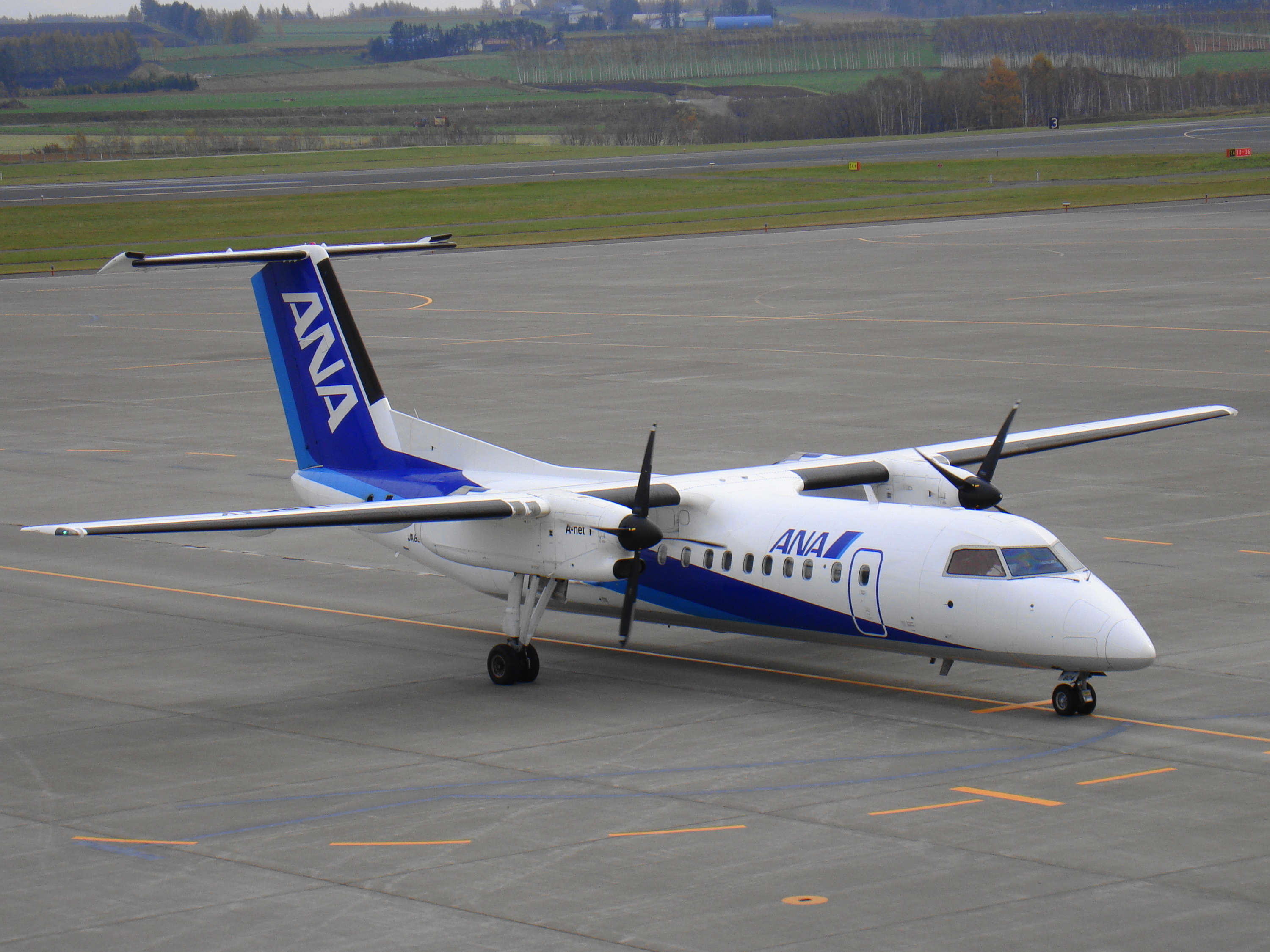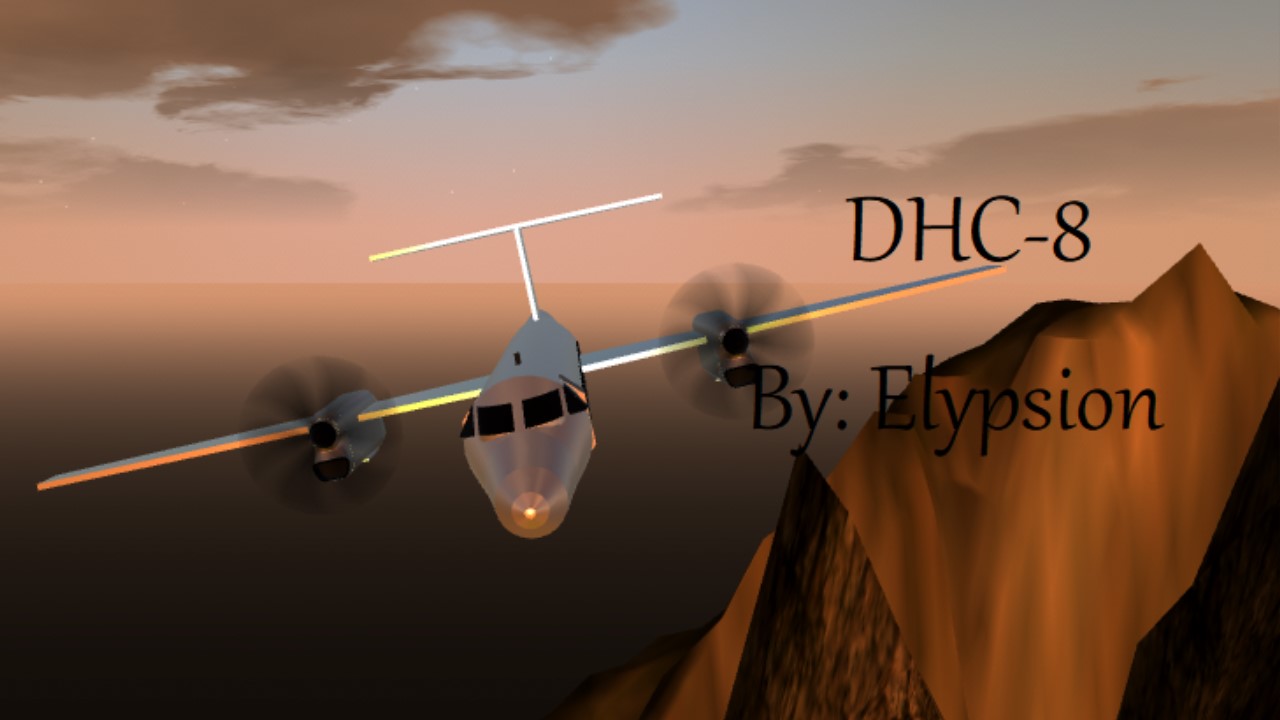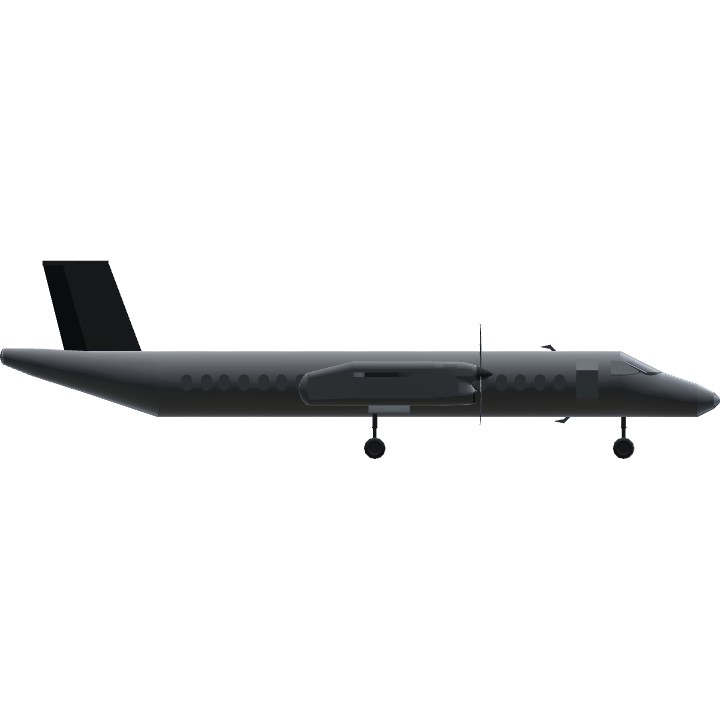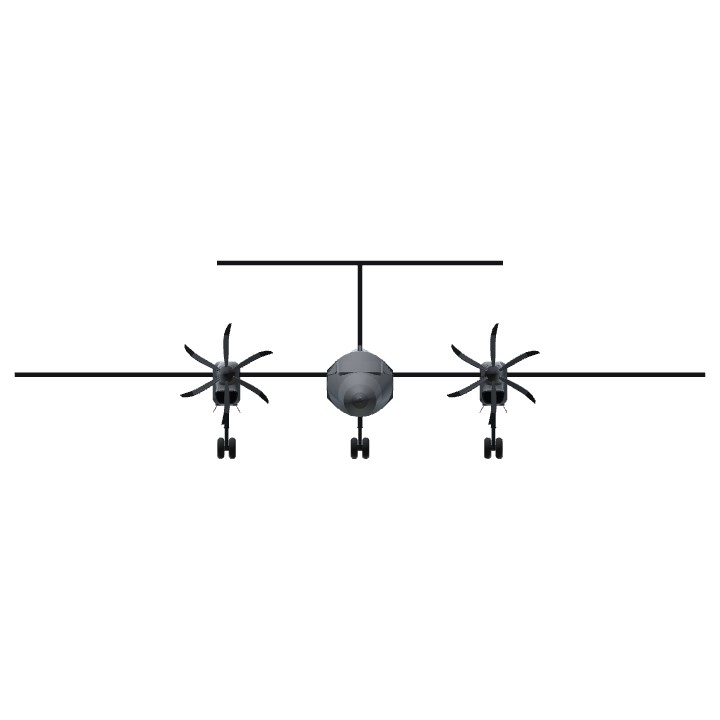DHC-8

About DHC-8:
The De Havilland Canada DHC-8,[2] commonly known as the Dash 8, is a series of turboprop-powered regional airliners, introduced by de Havilland Canada (DHC) in 1984. DHC was later bought by Boeing in 1988, then by Bombardier in 1992; then by Longview Aviation Capital in 2019, reviving the de Havilland Canada brand. Powered by two Pratt & Whitney Canada PW100s, it was developed from the Dash 7 with improved cruise performance and lower operational costs, but without STOL performance. Three sizes were offered: initially the 37–40 seat -100 until 2005 and the more powerful -200 from 1995, the stretched 50–56 seats -300 from 1989, both until 2009, and the 68–90 seats -400 from 1999, still in production. The QSeries are post-1997 variants fitted with active noise control systems.
In the 1970s, de Havilland Canada had invested heavily in its Dash 7 project, concentrating on STOL and short-field performance, the company's traditional area of expertise. Using four medium-power engines with large, four-bladed propellers resulted in comparatively lower noise levels, which combined with its excellent STOL characteristics, made the Dash 7 suitable for operating from small in-city airports, a market DHC felt would be compelling. However, only a handful of air carriers employed the Dash 7, as most regional airlines were more interested in operational costs than short-field performance.
In 1980, de Havilland responded by dropping the short-field performance requirement and adapting the basic Dash 7 layout to use only two, more powerful engines. Its favoured engine supplier, Pratt & Whitney Canada, developed the new PW100 series engines for the role, more than doubling the power from its PT6. Originally designated the PT7A-2R engine, it later became the PW120. When the Dash 8 rolled out on April 19, 1983, more than 3,800 hours of testing had been accumulated over two years on five PW100 series test engines. The Dash 8 first flight was on June 20, 1983.

Specifications
General Characteristics
- Created On Windows
- Wingspan 51.2ft (15.6m)
- Length 53.7ft (16.4m)
- Height 14.8ft (4.5m)
- Empty Weight 9,866lbs (4,475kg)
- Loaded Weight 13,436lbs (6,094kg)
Performance
- Horse Power/Weight Ratio 0.446
- Wing Loading 45.1lbs/ft2 (220.1kg/m2)
- Wing Area 298.0ft2 (27.7m2)
- Drag Points 4650
Parts
- Number of Parts 109
- Control Surfaces 9
- Performance Cost 500




